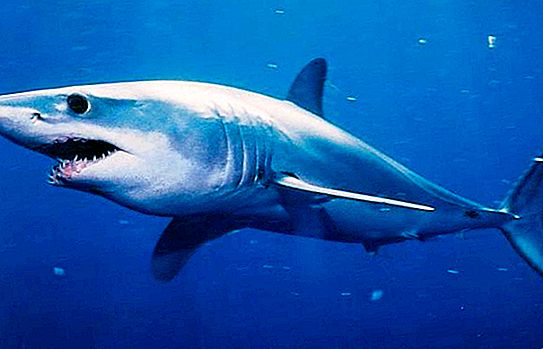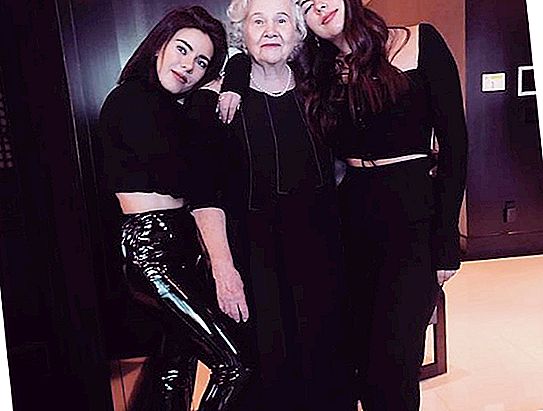Evgeny Stepanov (years of life: 1911-1996) - the famous Soviet fighter pilot, who was the first to carry out a night ram in the air. This event took place in October 1937 in a turbulent Spanish sky. The masses did not know much about this feat because of the non-disclosure of the participation of the Soviet military in the Spanish war.

For a long time it was believed that the first night ram took place in August 1941: the Soviet pilot Viktor Talalikhin near Moscow disabled the enemy bomber He-111.
Night ram Evgenia Stepanova
On October 28, 1937, carrying on combat duty over Barcelona on his I-15, at an altitude of 2000 meters, Stepanov Evgeny Nikolaevich discovered an enemy bomber. When trying to get closer, he was met by enemy fire. Stepanov managed to set fire to the wings of the enemy’s aircraft with machine-gun bursts, but this did not stop the enemy. Since there was no time to reload the gun, Stepanov decided to go on a ram. In order to preserve the engine of the aircraft and the propeller, the blow that fell on the tail of the car was delivered by wheels. Sliding and not very strong, nevertheless he achieved his goal: an uncontrolled bomber, together with the crew, crashed into the sea. Evgeny Stepanov, convinced of the possibility of further being in the air, continued patrolling and soon stumbled upon another enemy machine, which, by shelling, forced him to turn in the direction of the open sea, where he finished off completely. After a successful operation, the Soviet pilot returned to the Sabadell airfield, where he carefully landed the damaged I-15. In total, Yevgeny Stepanov, wearing the call sign Eugenio, conducted 16 battles in the air and shot down 10 enemy aircraft.
The storming of the airfield Garapenillos
Prior to the famous night ram, the attack on the airfield in the town of Garapenillos (near Zaragoza), which took place on October 15, 1937, was significant in terms of design and implementation methods. According to the captured Italian pilot, it became known that about eight dozen Italian bombers and fighters were concentrated at the airport of the aforementioned place. The information was confirmed by intelligence information. Previous attempts to bomb a large squadron were unsuccessful, because the airfield was under good cover.
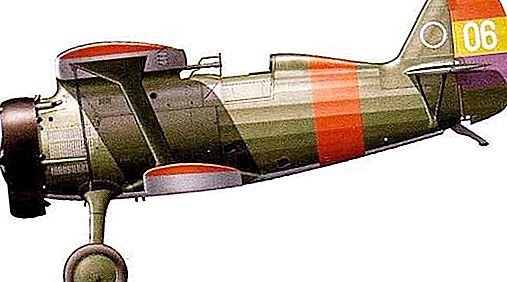
It was decided to suddenly attack the enemy with fighters of the Republican Air Force. The main task of defeating the airfield was assigned to 2 Chatos squadrons (of the six participating), whose commander was Anatoly Serov, and pilot Stepanov was the deputy. As a result of a successful operation, 11 enemy aircraft were destroyed, more than 20 were damaged. Enemy ammunition and fuel storage facilities were also badly damaged.
Fight in the Spanish winter sky
January 17, 1938 the last battle of Stepanov took place in the sky of Spain. The commander directed the squadron towards the Universales massif in order to intercept the "Junkers" and the numerous "fiats" that accompanied them. The battle took place over the city of Ojos Negros, and the number of the enemy, who was going to bombard the republican troops, was almost three times the number of Soviet pilots.
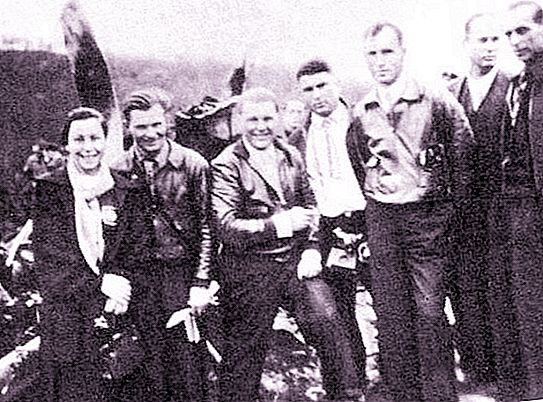
Evgeny Nikolaevich managed to successfully attack and bring down the Fiat. Then Stepanov began to pursue the second fighter, went into his tail and tried to fire, but the cartridges ran out. The Soviet pilot decided to go on a ram. And at that moment his car was covered by the merciless fire of the enemy anti-aircraft artillery. Shards damaged the engine, killed control cables. The device ceased to obey the navigator and steeply went towards the ground. Stepanov managed to jump out and open the parachute.
In captivity
In the process of landing, the fearless pilot was badly damaged on the rocks and lost consciousness. He was captured by Moroccans, kept in solitary confinement, subjected to beatings, interrogations, bullying and torture. The pilot was starved, thrice taken out to shoot.
Thanks to the assistance of the International Red Cross, six months later, Yevgeny Stepanov was exchanged for a German pilot. Upon returning to his homeland, he received the rank of captain and appointment to the Leningrad Military District as an instructor in piloting technique.
Curriculum Vitae: Stepanov Evgeny Nikolaevich
Moscow is a city in which a fearless pilot was born on May 22, 1911. Behind behind were 7 education classes and a railway school of FZU. Then there was work in a blacksmith workshop, classes in a factory radio club, studies in the capital's school of pilots, and hours of flight practice. In 1932 he entered the Borisoglebsk school of pilots, after which he was determined to serve in a bomber, and subsequently in a fighter. As a senior pilot, he served in the 12th air squadron.
Merits of the Fearless Pilot
After participating in events in the Khalkhin-Gol River region in 1939, he took part in battles with the Japanese as a squadron commander, flew I-16 and I-153. He performed the task of transferring combat experience to pilots who had not yet encountered an enemy in the sky: he introduced them to the surrounding terrain and carried out training flights. In total, in Mongolia, Captain Stepanov carried out more than a hundred sorties, conducted 5 air battles, and shot down 4 enemy aircraft.
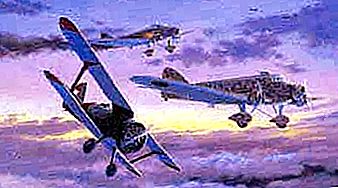
For the courage and courage shown in military operations in 1939, Yevgeny Stepanov was awarded the Mongolian Order “For Military Valor”, the “Gold Star” medal and the title of Hero of the Soviet Union.
Further, the life of an experienced pilot continued with participation in the Soviet-Finnish war. In World War II, a Soviet pilot instructed piloting techniques at the Moscow Military District. With the onset of peace, he retired to the reserve, but closely maintained contact with aviation, working as deputy. Head of the Central Aero Club. Chkalova.



